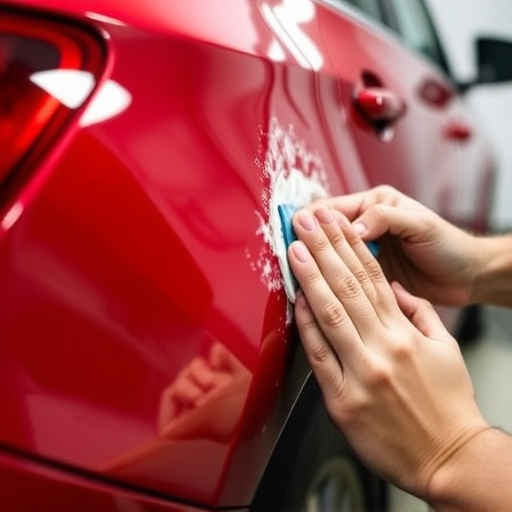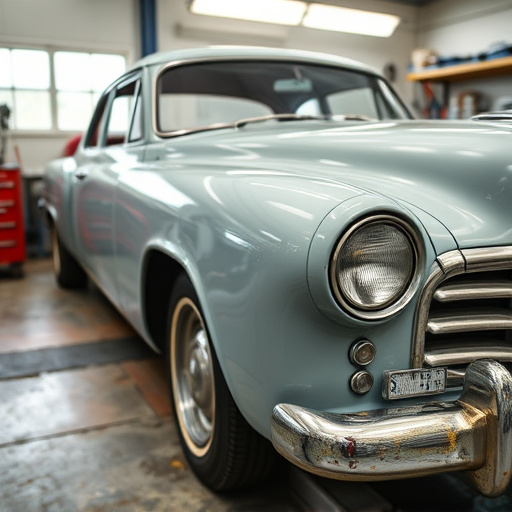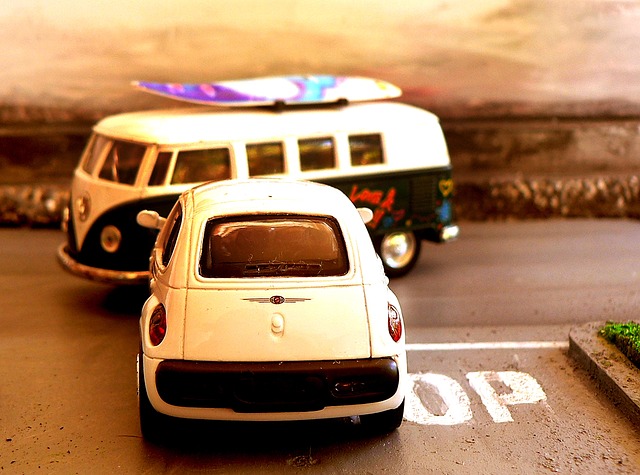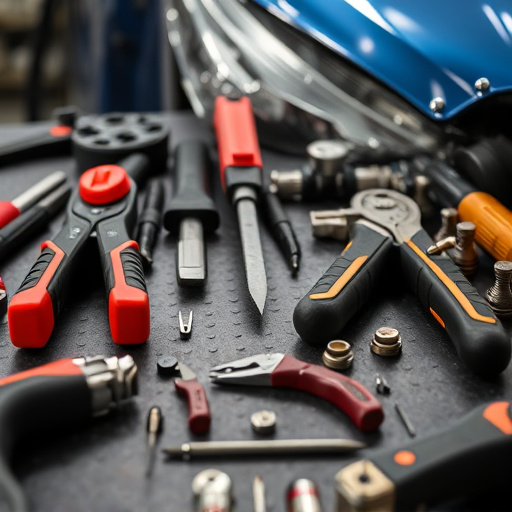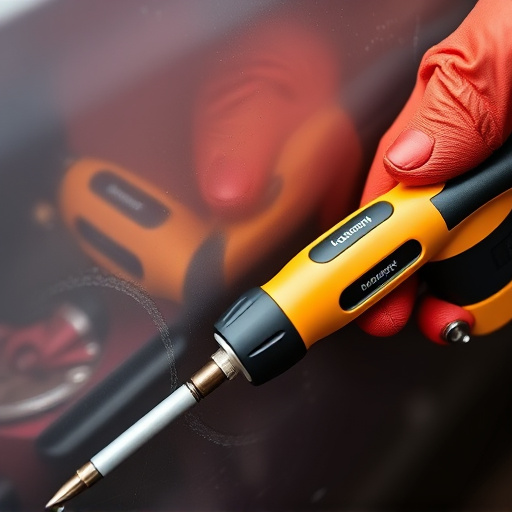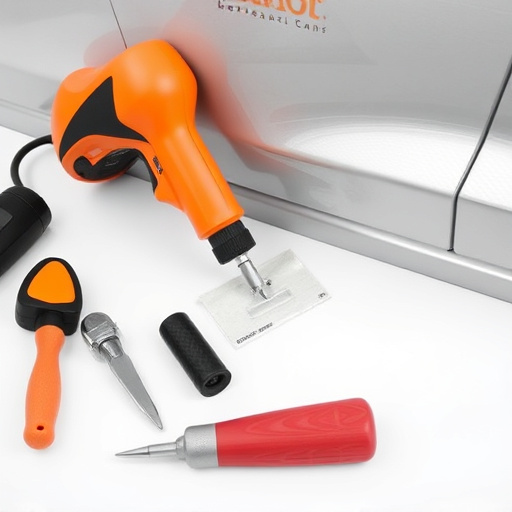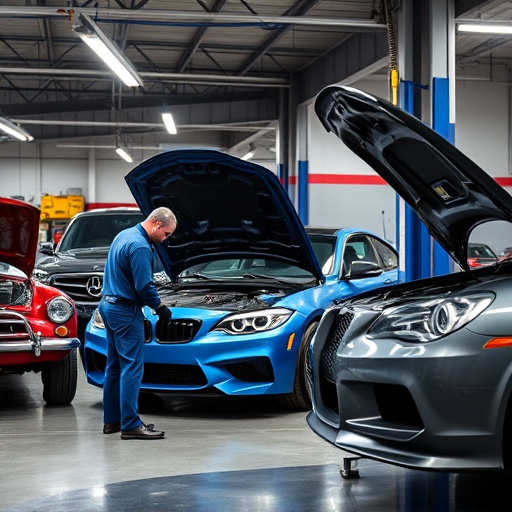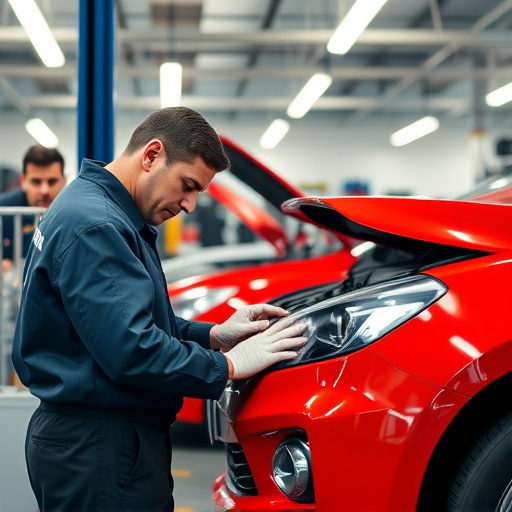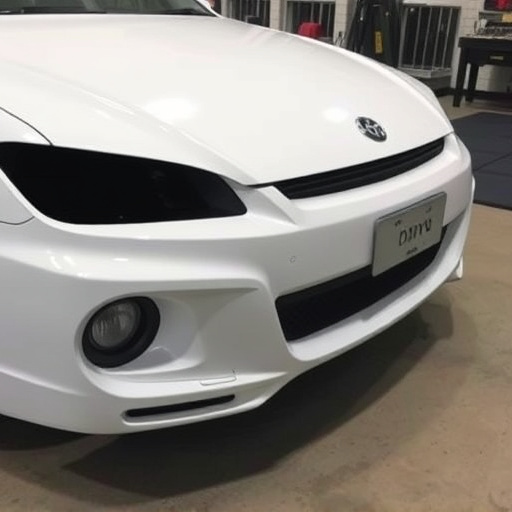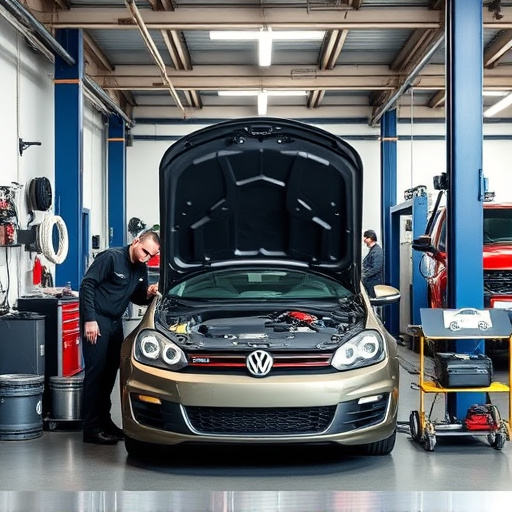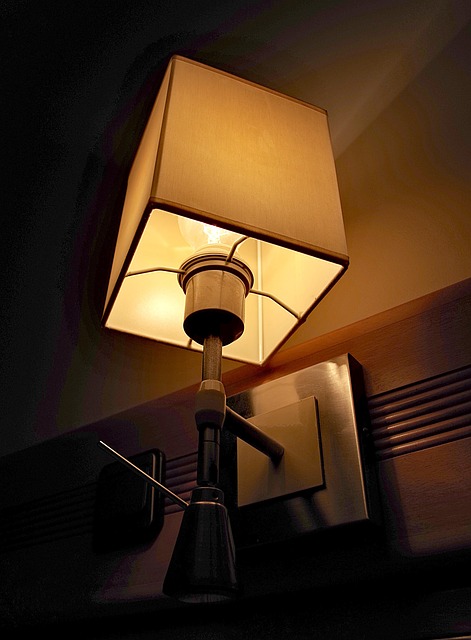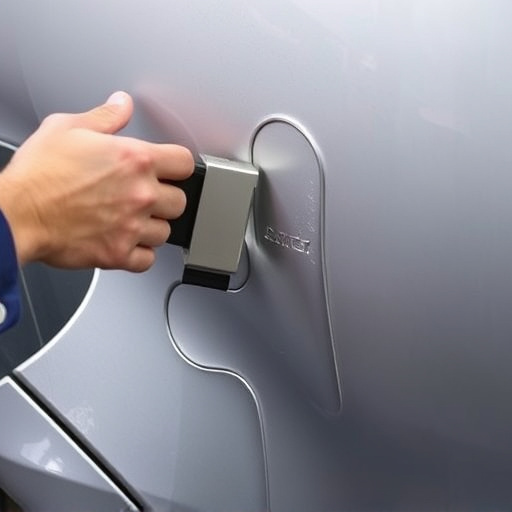Tesla paint thickness measurement is a critical step in vehicle body repairs, ensuring quality and longevity. Skilled technicians use advanced technology like micrometers and light beam gauges to accurately measure paint depth, helping determine if blending or recoating is needed for optimal aesthetic integrity and preserved vehicle value. Understanding these measurements is essential for maintaining Tesla's original appearance and protection.
“Uncover the secrets behind maintaining your Tesla’s sleek finish with a focus on Tesla paint thickness measurement. This comprehensive guide explores the significance of measuring paint thickness, offering insights into ensuring your electric vehicle’s aesthetic appeal. From understanding the process to mastering accurate techniques, we delve into how this method dictates the decision between blending or recoating. Maximize your vehicle’s protection and visual appeal by exploring these crucial steps.”
- Understanding Tesla Paint Thickness Measurement
- Techniques for Measuring Paint Thickness Accurately
- When to Blend or Recoat Based on Measurements
Understanding Tesla Paint Thickness Measurement
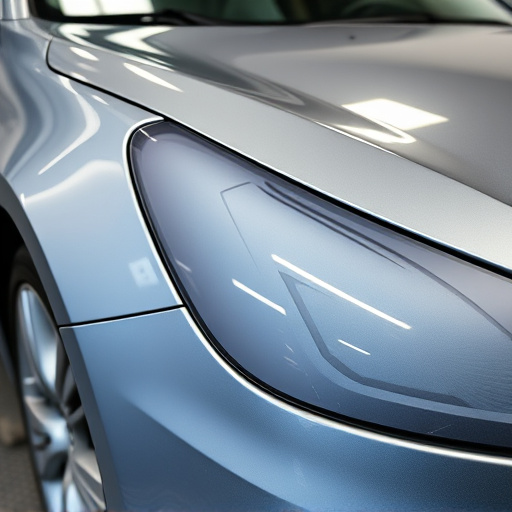
Tesla paint thickness measurement is a crucial process that ensures the quality and longevity of vehicle body repairs. It involves using advanced technology to gauge the depth of paint applied to a car’s surface, particularly after fender repair or other restoration work. This meticulous approach is essential for achieving seamless blends and ensuring that no areas are left uncoated, which could compromise structural integrity and aesthetics.
By accurately measuring paint thickness, skilled technicians can determine whether a vehicle requires blending or recoating. In the event of car repair services, this knowledge plays a vital role in restoring not just the exterior but also maintaining the overall value of the vehicle. Through this method, any issues related to paint inconsistencies are identified early on, allowing for efficient and effective vehicle body repair.
Techniques for Measuring Paint Thickness Accurately
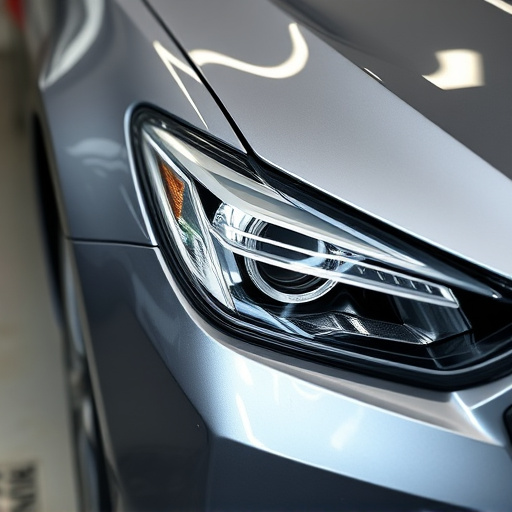
Accurately measuring Tesla paint thickness is a precise art, crucial for identifying whether a vehicle needs blending or recoating. The process involves utilizing specialized tools designed to penetrate the paint layer without causing damage. One common technique is the use of micrometers, which measure the distance between two points with incredible precision, allowing for exact thickness determinations. These tools are especially valuable in the hands of experienced technicians who understand how to interpret the readings correctly.
Another method employed in collision repair services and car repair shops is the application of paint thickness gauges. These devices project a light beam through the paint, measuring its depth and providing a digital readout. This non-invasive approach ensures that the original finish remains undisturbed, facilitating accurate assessments for both minor touch-ups and more extensive repairs. By employing these advanced techniques, professionals can ensure that Tesla vehicles receive the highest quality of care, maintaining their original appearance and protection.
When to Blend or Recoat Based on Measurements
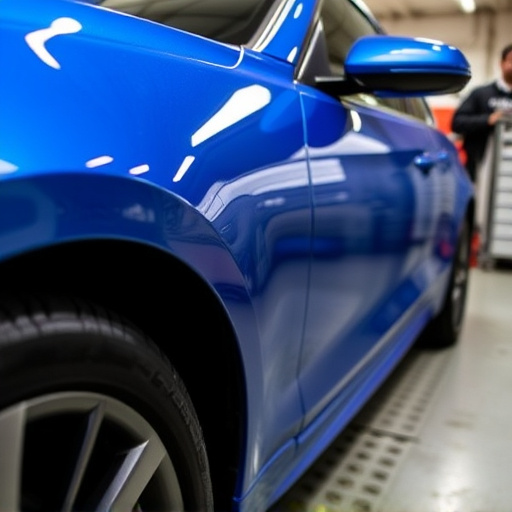
When it comes to Tesla paint thickness measurement, understanding when to blend or recoat is crucial for maintaining your vehicle’s aesthetics. If measurements reveal a significant difference in paint thickness between areas, it may indicate previous repairs like bumper repair or car dent repair. In such cases, blending is often recommended to match the original finish seamlessly.
For minor imperfections or slight variations in paint thickness, especially around tire services or other commonly damaged zones, recoating can be an effective solution. By analyzing the Tesla paint thickness measurement data, professionals can determine the best course of action, ensuring a smooth and uniform finish that enhances your vehicle’s overall appearance.
Tesla paint thickness measurement is a critical process that ensures the durability and aesthetics of vehicle finishes. By employing accurate techniques, such as non-destructive testing and advanced calipers, car owners and professionals can determine whether a blend or recoat is necessary. Understanding when to apply these solutions based on measured thickness data guarantees optimal results, preserving the vehicle’s beauty and value over time.
